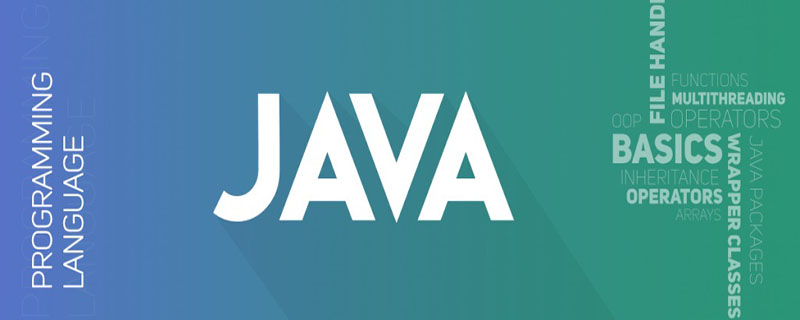Home >Java >javaTutorial >What replaced Java's Swing?
What replaced Java's Swing?
- GuanhuiOriginal
- 2020-06-08 17:15:2214432browse

#What replaced Java's Swing?
Java's Swing has gradually been replaced by JavaFX, which includes a series of graphics and media packages and allows programmers to design, create, test, debug, and deploy client applications while remaining cross-platform Operational consistency across Windows and Mac OS X systems.
JavaFX Development Tools
Sun recently released the RAD (Rapid Application Development) tool for its RIA technology JavaFX Trial version, this is a JavaFX development tool for developers. The tool is available for download in the NetBeans 6.8 Update Center. Because it is an early version, the tool still has some functional limitations. For example: there is no visual support for the key components newly added in JavaFX 1.2, such as charts; some properties of the components cannot be visually edited; in addition, The preview view will occasionally "break" and the IDE must be restarted to return to normal, etc. "We don't even call it a beta -- we call it an 'early access' version, or a 'preview version,'" David Folk, head of Sun's development tools engineering group, said at a conference. The real purpose is to enable you to develop form-based applications with JavaFX."
The basic idea of this new JavaFX tool is similar to the Matisse project for Swing, which provides visualization very similar to VB or Delphi Editor that simplifies developing with Swing. Like Matisse (which later became the GUI editor for NetBeans 5), the JavaFX Workbench generates code for you as you work, and, although you can view the generated code, The unfortunate thing is that you can't modify the code it produces.
When you drag a JavaFX component from the palette to the design area, you can bind data sources to them. This plug-in Supports JDBC data sources, HTTP (XML / JSON), file system (FileSystem), file data sources and built-in filters. It also provides some simple converters through which you can easily convert a data source (such as REST or JSON data source) is bound to a set of components.
In addition to supporting the simple drag-and-drop function of components, the plug-in also has a concept of "state". The state starts from the initial master state. Initially, you can also add new states to these components or their layouts. When the application is running, events such as mouse clicks can trigger state transitions, thereby automatically reflecting the behavior you define on the UI. Each transition line can also Comes with a simple animation, so you can quickly create special effects such as scaling, gradients and rotations.
The tool also has many other valuable features, such as overview (with which you can Preview the app as on different devices (desktop, mobile, HDTV, etc.) as well as predefined templates. Using modules you can quickly build common GUI patterns such as wizard buttons (Cancel, Back, Next, End, etc. ) and index buttons (Previous, Next). You can easily add these buttons and customize them.
Like many necessary tools, JavaFX needs some high-profile applications to get more orders Early companies trying it include Ubivent, whose entire virtual events platform is built entirely on JavaFX, and WhitStone Technology, which uses JavaFX in the workflow components of its overall service platform and IT service management product. However, Perhaps the most important project for JavaFX is the 2010 Winter Olympics, whose organizing committee is a major Sun customer and used a JavaFX-based gold medal showcase application on its website.
Recommended tutorial: "Java Tutorial"
The above is the detailed content of What replaced Java's Swing?. For more information, please follow other related articles on the PHP Chinese website!

